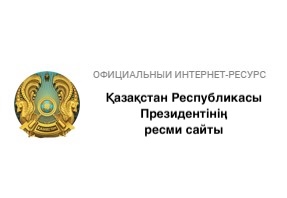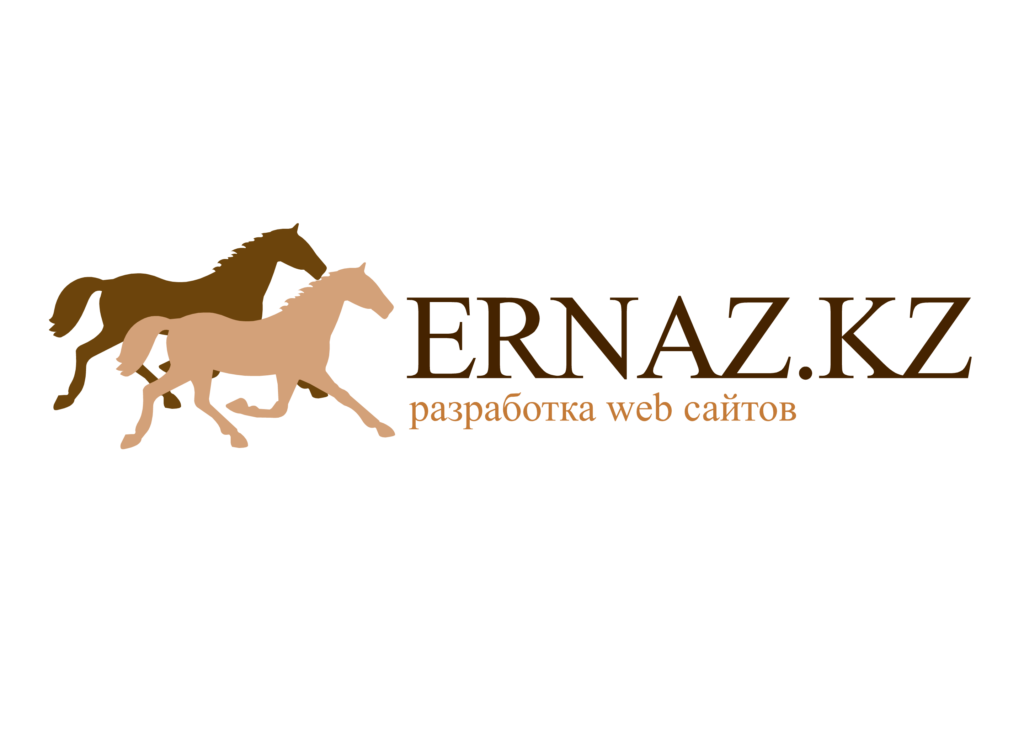
The coat of arms is one of the main symbols of the state. The term "coat of arms" derives from the German word "erbe" (inheritance) and means a hereditary distinctive sign - a combination of figures and objects that are given a symbolic meaning.
History shows that the nomads of the Bronze Age who lived in the territory of modern Kazakhstan, identified themselves with a special symbol - a totem, the graphic expression of which later became known as "tamga". For the first time this term began to be used in the Turkic kaganate.
The emblem of sovereign Kazakhstan was formally adopted in 1992. Its authors are well-known architects Zhandarbek Malibekov and Shot-Aman Ualikhanov.
The State Emblem of the Republic of Kazakhstan has the form of a circle (wheels) - it is a symbol of life and eternity, which enjoyed special honor among the nomads of the Great Steppe.
The central heraldic element in the state emblem is the image of the shanyrak (the upper vaulted part of the yurt) on a blue background, from which the yuks (supporters) diverge in all directions in the form of sunrays. On the right and left of Shanyrak are images of mythical winged horses. In the upper part there is a voluminous five-pointed star, and in the lower part there is an inscription "Kazakhstan". The image of the star, shanyrak, uyks, mythical horses, as well as the inscriptions "Kazakhstan" - are made in the color of gold.
Shanyra is the main backbone of the yurt, which resembles the heavenly dome in shape and is one of the key elements of the life in the traditional culture of the Eurasian nomads. In the State Emblem of the Republic, the image of shanyrak is a symbol of a common home and one homeland for all peoples living in the country. The stable development of Kazakhstan depends on the well-being of every citizen, as the strength and stability of the shanyrak depends on the reliability of all its uyks (pillars).
Winged mythical horses - tulparas in the state emblem are the key heraldic element. The image of the horse from time immemorial embodies such concepts as courage, loyalty and strength. Wings symbolize the centuries-old dream of the multinational people of Kazakhstan about building a strong and prosperous state. They testify to pure intentions and the desire for consistent improvement and creative development. Gold wings of horses remind also golden ears and personify diligence of Kazakhstan people and material well-being of the country.
In the past centuries, horns were actively used in the cult rites of nomads, as well as the top of their battle banners. Images of heavenly grace, earthly fertility and military success in the form of horns of various animals have always occupied significant places in the symbolic compositions of various peoples. Thus, a winged horse with a cornucopia is an important typological image that has deep semantic and historical roots.
Another detail in the state arms of the republic is the five-pointed star. This symbol has been used by mankind since ancient times and personifies the constant striving of people to the light of truth, to everything sublime and eternal. The image of the star in the state emblem reflects the desire of the people of Kazakhstan to create a country open for cooperation and partnership with all the peoples of the world. The hearts and embraces of the inhabitants of Kazakhstan are open to representatives of all five continents.
The main color used in the state emblem is the color of gold, which serves as a symbol of wealth, justice and generosity. Also there is a flag color - sky blue, which is in harmony with the color of gold and symbolizes the clear sky, peace and prosperity.

















